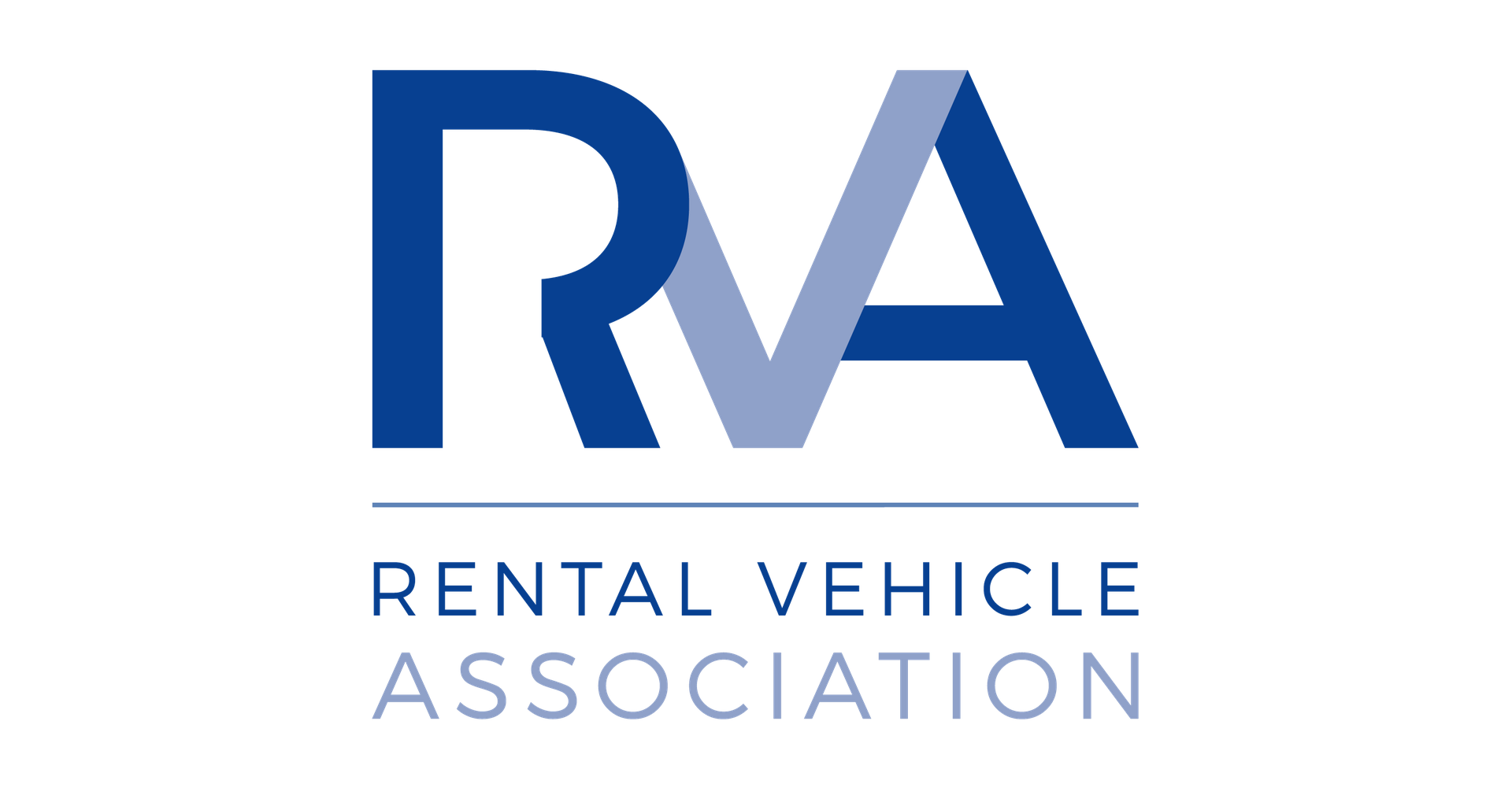On the Road
About to set off on your New Zealand driving adventure? Follow these tips on driving in New Zealand.
Be alert. There are more vehicles on the road in summer – more vehicles means a higher risk of crashes.
Take your time. Make sure that you and your vehicle are safe before starting your journey.
Plan ahead. Plan your travel to avoid the worst peak traffic periods when many highways become congested.
Let others pass. If you’re driving a campervan or motorhome and you have traffic backed up behind you, pull over as soon as you can safely do so to let other vehicles pass.
Watch for fatigue. Plan to get enough rest beforehand so that you drive fresh. You should plan in advance where you’ll take breaks on your trip.
Find more information on New Zealand road rules and NZ road signs in the New Zealand Road Code.
Winter Tips
- In winter (June to August) be prepared for snow and carry tyre chains that you know how to fit and use.
- Drive at a safe travelling distance as it takes longer to stop on slippery roads.
- Avoid sudden braking or turning that could cause you to skid.
- Always check the weather forecast and road conditions before you leave.
- Familiarise yourself with this Safer Winter Driving guide from NZTA
Safety Tips
- In case of emergency, contact Police, Fire or Ambulance by dialling 111.
- Remember, it’s easy to underestimate New Zealand driving times. Take plenty of breaks and give yourself additional travel time to rest and stretch your legs. Check out our suggested itineraries for journey inspiration.
- Keep your eye on the weather conditions before each journey so you can drive to the conditions. Allow for extra New Zealand driving times where needed.
- Be sure to also familiarise yourself with driving electric vehicles in New Zealand.
Road Rules
- Seatbelts and child seats
- Seatbelts are compulsory for all passengers in the vehicle. The driver is responsible for ensuring everyone wears one.
- Children under the age of 7 must be secured in an approved child seat.
- Speed Limits
- Open road speeds limits are typically 100 km/h unless otherwise signposted (e.g 80 km/h).
- Some expressways and motorways allow speeds of up to 110 km/h where signposted.
- Roadworks speed limits are generally 30 km/h or 50 km/h, depending on the site and posted signage.
- The "Open Road" sign is a white disc with a black diagonal stripe.
- School Zone Speed Limits
- School zones have variable speed limits of 40 km/h or 30 km/h, depending on the area.
- These limits apply during drop-off (typically 8-9 am) and pick-up (typically 2.30-3.30 pm), but check local signage.
- Traffic Lights & Road Signs
- No left turns on red lights.
- No Stopping Sign: A red circle with a blue background and a red "X" in the middle.
- End of No Stopping Zone: A similar sign to the no stopping one but with a diagonal strike-through.
- Cyclists & Pedestrians
- Give cyclists at least 1.5m clearance when passing.
- At pedestrian crossings, you must stop if a person is waiting to cross.
Driving
- Driving on the Left
- In New Zealand, you must drive on the left-hand side of the road at all times. This is crucial for travellers from right-hand driving countries (e.g. the US and Europe).
- Passing & Indicating
- When using a passing lane, you must indicate when moving into the right lane and again when moving back into the left lane.
- Slower vehicles should keep left unless overtaking.
- Overtaking & Solid Lines
- A single yellow line means no overtaking if it's on your side of the road.
- A double yellow line means no overtaking in either direction.
- If five or more vehicles are queued behind you on the open road, you must pull over safely to let them pass.
- One-lane Bridges
- Some rural roads have one-lane bridges. Signs indicate which direction must give way. The big arrow has the right of way. If unsure, let the other vehicle go first.
- Railway Crossings
- NZ has many uncontrolled railway crossings (no barrier arms). Always slow down, check both ways, and proceed with caution.
- Intersection Rules
- Four-way stop signs: NZ does not use the "first to arrive goes first" rule. Instead, the standard "Give Way to the Right" rule applies. If two vehicles arrive at the same time, the one on the right goes first.
- Roundabout Rules
- Give way to traffic coming from your right when entering a roundabout.
- Always indicate left when exiting a roundabout.
- Give Way Rule at Intersections (T-Intersections)
- If you're turning at a T-intersection, you must give way to all straight-through traffic.
Additional Considerations
- Parking Rules
- Paid parking applies on most NZ streets and in private car parking buildings. Always check signs for time limits and payment requirements.
- Alcohol Limits
- The legal blood alcohol limit is 0.05% for drivers over 20 years old.
- For drivers under 20, the limit is zero - no alcohol at all.
- Mobile Phone Use
- It is illegal to use a handheld mobile phone while driving. Use hands-free if needed.
- Animal Hazards in Rural Areas
- Be aware of sheep, cows, and deer on rural roads, especially at dawn and dusk. Slow down and be prepared to stop.


